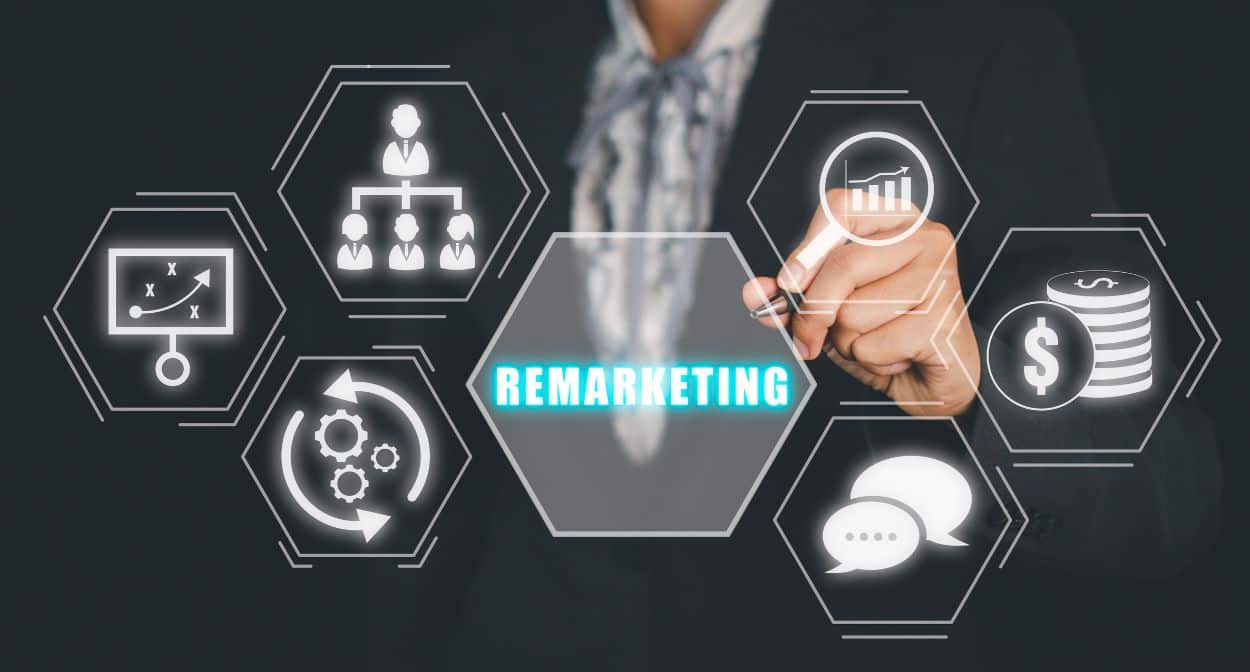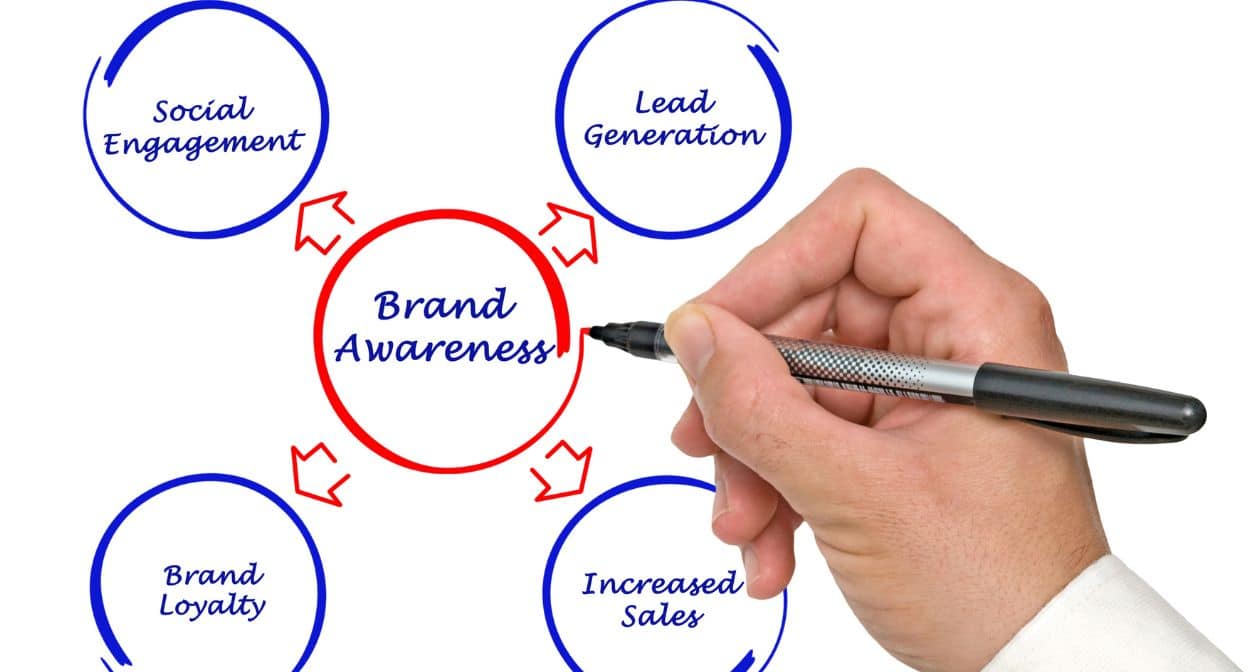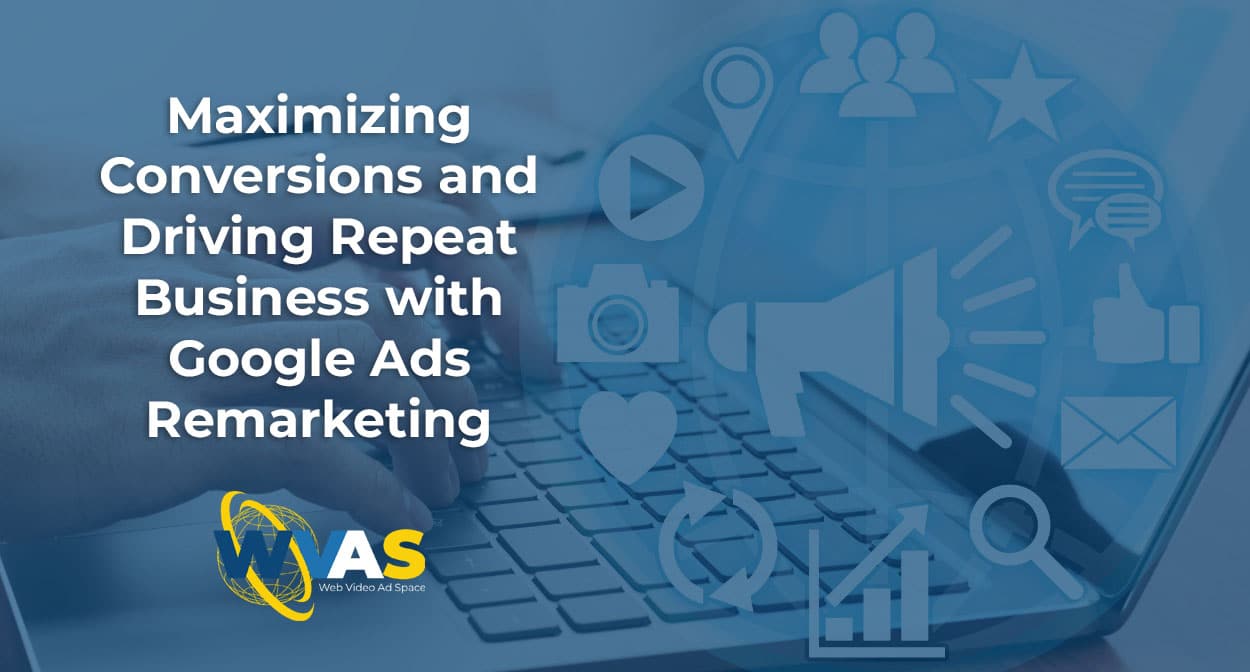In the ever-evolving world of digital marketing, service businesses are constantly seeking innovative ways to engage their target audience and drive conversions. While attracting new customers is essential for growth, nurturing relationships with existing customers and encouraging repeat business is equally crucial. Google Ads offers a powerful solution to this challenge through its remarketing capabilities. By targeting users who have previously interacted with a business’s website, remarketing allows service businesses to keep their brand top-of-mind, boost conversions, and cultivate long-term customer loyalty.
Understanding Remarketing with Google Ads

What is Remarketing?
Remarketing, also known as retargeting, is a digital marketing strategy that involves showing relevant ads to users who have previously engaged with a business’s website or mobile app. These users have already demonstrated an interest in the business’s services by visiting its website, browsing specific pages, or taking certain actions. Remarketing allows businesses to reconnect with these potential customers and encourage them to return and complete a desired action, such as making a purchase or filling out a contact form.
How Remarketing Works with Google Ads
Google Ads provides a robust remarketing platform that enables service businesses to create and implement targeted remarketing campaigns. By placing a special tracking code, known as a remarketing tag, on their website, businesses can build lists of users who have interacted with their site. These lists can then be used to show relevant ads to those users as they browse other websites within the Google Display Network or search for related terms on Google.
Real-World Example: A financial planning firm in New York City implements a remarketing campaign to target users who have visited its website’s “Retirement Planning” page but haven’t scheduled a consultation. By showing these users targeted ads that highlight the benefits of the firm’s retirement planning services, the business increases the likelihood of converting these interested prospects into clients.
Benefits of Remarketing for Service Businesses

1. Improved Conversion Rates
Targeting Warm Leads
One of the primary benefits of remarketing is its ability to improve conversion rates by targeting users who have already shown an interest in a business’s services. These users, often referred to as “warm leads,” are more likely to convert than cold prospects who have had no prior interaction with the business. By focusing on these warm leads, service businesses can increase the effectiveness of their advertising efforts and drive more conversions.
Encouraging Desired Actions
Remarketing allows service businesses to create targeted ads that encourage users to take specific actions, such as booking an appointment, requesting a quote, or making a purchase. By tailoring ad copy and creative to the user’s previous interactions with the website, businesses can create a more personalized and compelling advertising experience that drives users to take the desired action.
Real-World Example: A dental practice in Chicago uses remarketing to target users who have visited its website’s “Book an Appointment” page but haven’t completed the booking process. The practice creates ads that offer a special discount for first-time patients and emphasizes the ease of booking an appointment online. By presenting this targeted offer to users who have already shown an interest in scheduling an appointment, the practice significantly increases its conversion rate.
2. Increased Brand Awareness and Recall

Keeping the Business Top-of-Mind
Remarketing helps service businesses maintain a strong presence in the minds of potential customers. By consistently displaying relevant ads to users who have previously interacted with their website, businesses can keep their brand top-of-mind and increase the likelihood of users returning to the site when they are ready to take action. This ongoing exposure can be particularly valuable for businesses in competitive industries, where staying front and center is crucial for success.
Building Trust and Credibility
Repeated exposure to a business’s brand through remarketing can also help build trust and credibility with potential customers. As users consistently see a business’s ads across various websites, they begin to perceive the brand as more established and reputable. This increased trust can be a significant factor in a user’s decision to choose one service provider over another.
Real-World Example: A home remodeling company in Los Angeles sets up a remarketing campaign to target users who have visited its website’s portfolio pages. The company creates ads that showcase its most impressive projects and highlight its years of experience and positive customer reviews. By repeatedly exposing potential customers to its brand and accomplishments, the company builds trust and credibility, making it more likely that users will choose its services when they are ready to start a remodeling project.
3. Cost-Effective Advertising

Focused Targeting
Remarketing allows service businesses to focus their advertising spend on users who have already demonstrated an interest in their services. By targeting this specific audience, businesses can avoid wasting ad dollars on uninterested or irrelevant users. This focused targeting approach can lead to a higher return on advertising spend (ROAS) and a more cost-effective advertising strategy overall.
Lower Cost-Per-Click (CPC)
Remarketing campaigns often have a lower cost-per-click (CPC) compared to traditional search or display advertising campaigns. This is because users who have previously interacted with a business’s website are more likely to click on its ads, resulting in a higher click-through rate (CTR). A higher CTR, in turn, can lead to a better Quality Score, which is a metric Google uses to determine ad relevance and cost. As a result, businesses may be able to achieve a lower CPC and stretch their advertising budget further.
Real-World Example: A yoga studio in San Francisco implements a remarketing campaign targeting users who have visited its class schedule page but haven’t made a purchase. The studio notices that its remarketing ads have a significantly higher CTR and lower CPC compared to its standard display ads. By allocating more of its advertising budget to remarketing, the studio is able to reach more interested potential customers and drive more class sign-ups at a lower overall cost.
Implementing Effective Remarketing Strategies

1. Segmenting Remarketing Lists
Creating Targeted Ad Groups
To maximize the effectiveness of remarketing campaigns, service businesses should segment their remarketing lists based on user behavior and interests. By creating separate ad groups for users who have visited specific pages or taken certain actions on the website, businesses can deliver more targeted and relevant ad content. This segmentation allows for a more personalized advertising experience, increasing the likelihood of user engagement and conversion.
Tailoring Ad Content to User Behavior
When creating ad content for remarketing campaigns, service businesses should consider the user’s previous interactions with their website. For example, users who have visited a specific service page should be shown ads that highlight the benefits and features of that particular service. By tailoring ad content to user behavior, businesses can create a more seamless and compelling advertising experience that drives users to take action.
Real-World Example: A personal injury law firm in Houston segments its remarketing lists based on the specific practice areas users have shown interest in, such as car accidents, slip and fall cases, or medical malpractice. The firm creates separate ad groups for each segment, with ad content that addresses the unique concerns and needs of users in each category. By delivering highly relevant ads to each segment, the firm sees a significant increase in click-through rates and lead generation.
2. Utilizing Dynamic Remarketing

Showcasing Specific Products or Services
Dynamic remarketing is a powerful strategy that allows service businesses to show ads featuring the specific products or services a user has previously viewed on their website. By dynamically generating ad content based on a user’s browsing history, businesses can create a highly personalized and engaging advertising experience. This level of specificity can be particularly effective for businesses that offer a wide range of services or have a diverse product catalog.
Encouraging Repeat Engagement
Dynamic remarketing is also an effective way to encourage repeat engagement from existing customers. By showing ads that feature services or products a user has previously purchased or expressed interest in, businesses can remind customers of their positive experience and encourage them to return for additional services or repeat purchases.
Real-World Example: An auto repair shop in Seattle uses dynamic remarketing to target users who have visited specific service pages on its website, such as brake repair or oil changes. The shop’s ads feature images and descriptions of the specific services each user has viewed, along with a special offer for first-time customers. By providing this level of personalization, the shop sees a significant increase in bookings from both new and returning customers.
3. Setting Appropriate Remarketing Durations

Determining Optimal Remarketing Windows
When implementing remarketing campaigns, service businesses must consider the appropriate duration for showing ads to users. The optimal remarketing window will vary depending on the business’s industry, sales cycle, and customer behavior. For example, a business with a shorter sales cycle, such as a hair salon, may benefit from a shorter remarketing duration, while a business with a longer sales cycle, such as a financial planning firm, may require a longer duration to nurture leads effectively.
Avoiding Ad Fatigue
It’s essential for service businesses to strike a balance between maintaining a strong presence and avoiding ad fatigue. Showing the same ads to users too frequently or for an extended period can lead to frustration and negatively impact brand perception. To prevent ad fatigue, businesses should set reasonable frequency caps and consider rotating ad creative to keep the content fresh and engaging.
Real-World Example: A landscaping company in Phoenix sets its remarketing duration to 30 days, based on its average customer decision-making timeline. The company also implements a frequency cap of three impressions per day to avoid overwhelming users with its ads. By setting these parameters, the company maintains a strong presence without risking ad fatigue, resulting in a steady stream of new leads and bookings.
Conclusion
In today’s competitive digital landscape, service businesses must leverage every available tool to engage their target audience and drive conversions. Google Ads remarketing provides a powerful opportunity for businesses to reconnect with potential customers, boost conversions, and cultivate long-term customer relationships.
Through real-world examples, we’ve seen how service businesses across various industries can utilize remarketing to improve conversion rates, increase brand awareness and recall, and implement cost-effective advertising strategies. By segmenting remarketing lists, utilizing dynamic remarketing, and setting appropriate remarketing durations, businesses can create highly targeted and effective remarketing campaigns that drive results.
As the digital marketing landscape continues to evolve, remarketing will remain a crucial strategy for service businesses looking to maximize their online presence and drive growth. By embracing the power of Google Ads remarketing and continually refining their strategies, service businesses can stay ahead of the competition and build lasting relationships with their customers.


 Ahryn Scott is the visionary founder and esteemed owner of Web Video Ad Space, a premier full-service digital marketing agency nestled in the vibrant landscapes of Southern California. A maestro of digital marketing, Ahryn harbors an unwavering passion for catapulting small businesses into realms of unprecedented success through innovative digital marketing and advertising strategies.
Ahryn Scott is the visionary founder and esteemed owner of Web Video Ad Space, a premier full-service digital marketing agency nestled in the vibrant landscapes of Southern California. A maestro of digital marketing, Ahryn harbors an unwavering passion for catapulting small businesses into realms of unprecedented success through innovative digital marketing and advertising strategies.